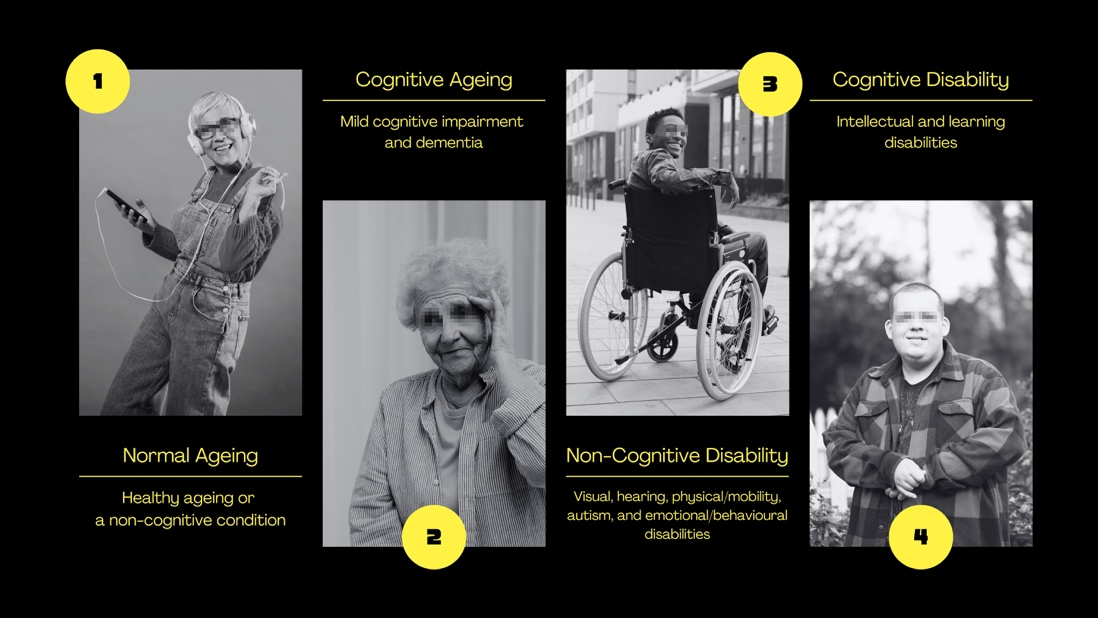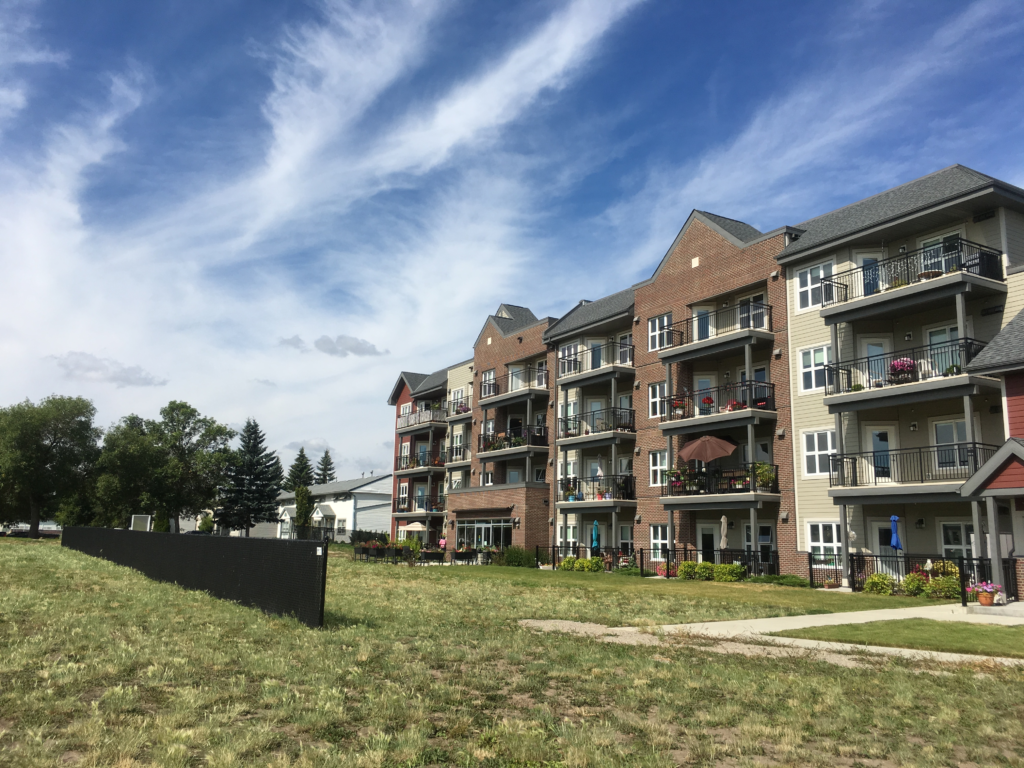City Know-hows

Thailand has spent 16 years developing design guidelines for the elderly and people with disabilities. Still, accessible design for cognition remains inadequate for the impending super-aged society. This mismatch emphasises a critical failure in design planning that demands urgent improvement.
Share
Target audience
Policy makers, urban planners, and designers
The problem
Ministerial design regulations play a crucial role in guiding architects and designers in creating accessible environments, particularly for social spaces. However, accessible design has traditionally focused on physical aspects, often overlooking cognitive needs, resulting in designs that do not fully support users. With the global population rapidly ageing and cognitive decline on the rise, this challenge is especially pressing in developing countries like Thailand, which is now an ageing society with limited preparedness to adapt.
What we did and why
I analysed Thailand’s ministerial design regulations, focusing on their accessibility across eight cognitive domains and their practicality in design for individuals with cognitive challenges to evaluate their effectiveness. Using a conformance rating system, I assessed accessibility levels and converted the results into statistical data. I then compared cognitive performance between lower and upper pathways, as well as between individuals with and without cognitive problems, to identify differences, limitations, and shortcomings in the regulations’ current applications.
Our study’s contribution
In this study, I highlight the limitations of accessible design regulations in addressing cognitive aspects, particularly the inadequate consideration of higher-order cognitive functions. I also underscore the challenges in applying these regulations to real-world designs, especially for older adults and individuals with disabilities who face cognitive difficulties. These findings reveal ongoing design barriers that hinder access to public spaces and expose specific, often overlooked design flaws that I believe require immediate and appropriate solutions.
Impacts for city policy and practice
To build a sustainable, healthy city, I believe the issue of public design being inaccessible due to a range of cognitive limitations must be addressed with concrete solutions. This begins with national standards that clearly integrate cognitive functions into design regulations, providing a solid foundation for regulating built environments. Additionally, I emphasize that designers must develop a deep understanding of cognitive performance and the specific needs of users with cognitive limitations when creating their designs.
Further information
Full research article:
Related posts

Seven key urban health policy ideas were found in the planning of Sydney’s Western Parkland City that draw upon different ontological perspectives. This case study prompts policy actors and researchers to reflect on their own assumptions, and others’ underlying assumptions to better understand where and how collaborations should occur.

Shared mobility hubs that offer (electric) bikes and cars can be a sustainable solution that enables people to expand their mobility options while protecting cities’ environment by reducing private car use and encouraging cycling. We interviewed residents of a deprived neighbourhood in Utrecht, the Netherlands, to understand their mobility needs and views on a recently implemented shared mobility hub in their neighbourhood, identifying potential obstacles in the process.

Our ‘adaptive bubble strategy’ illustrates how older adults protect themselves from virus transmission and maintain healthy living activities and psychological wellbeing with the support of the built environment during COVID-19.